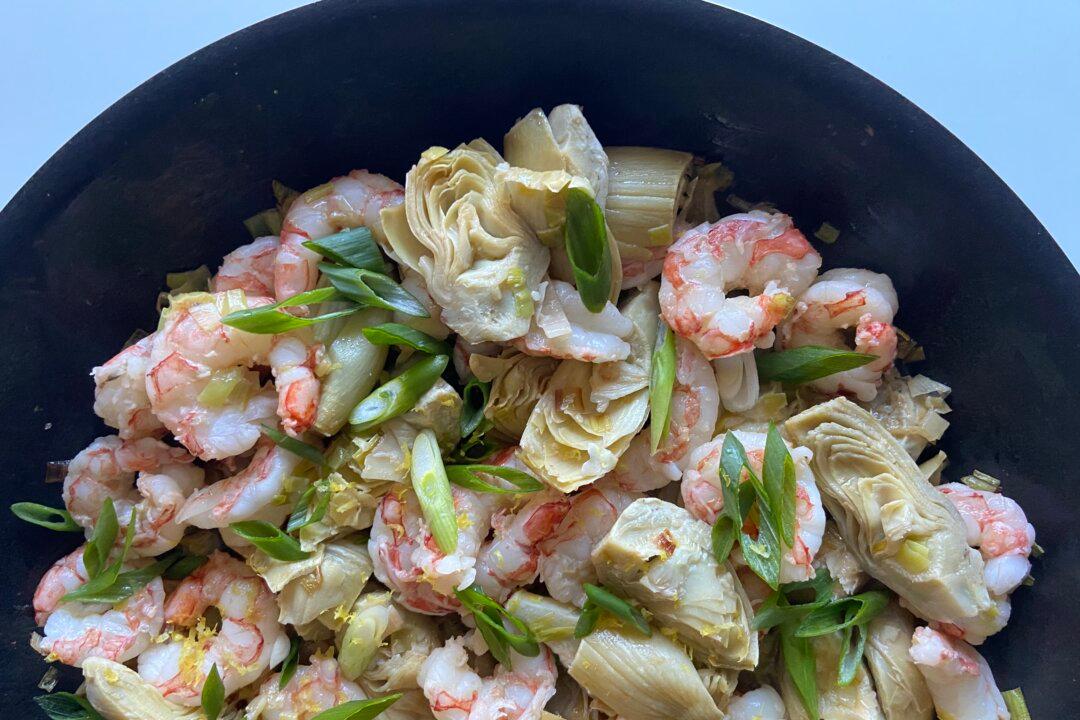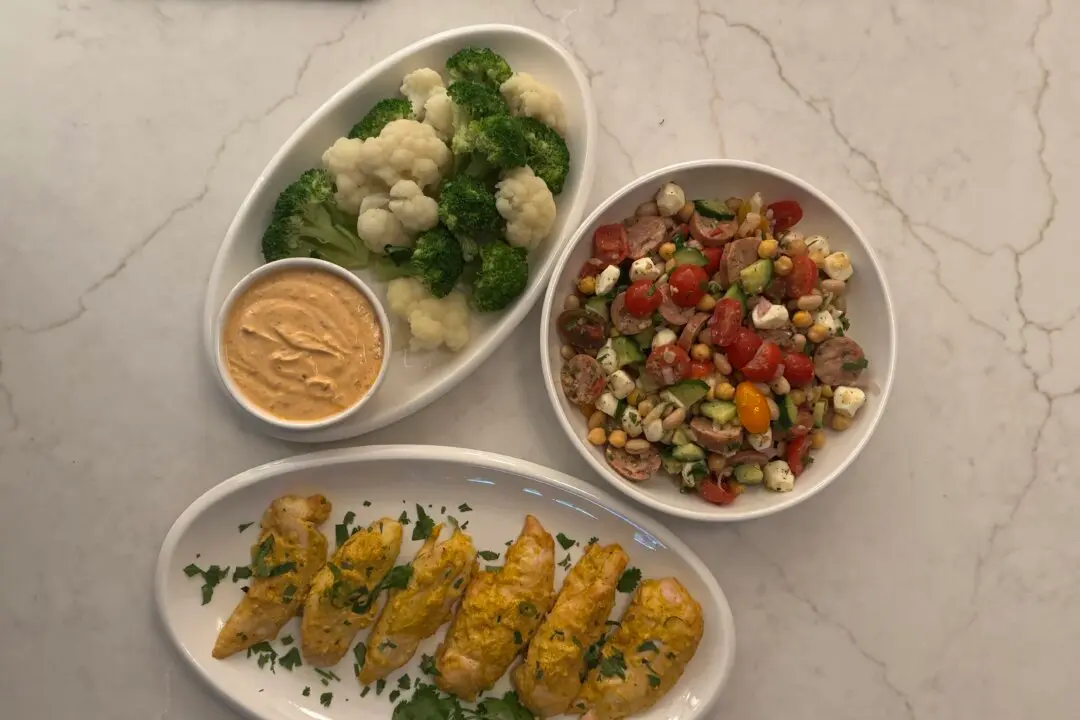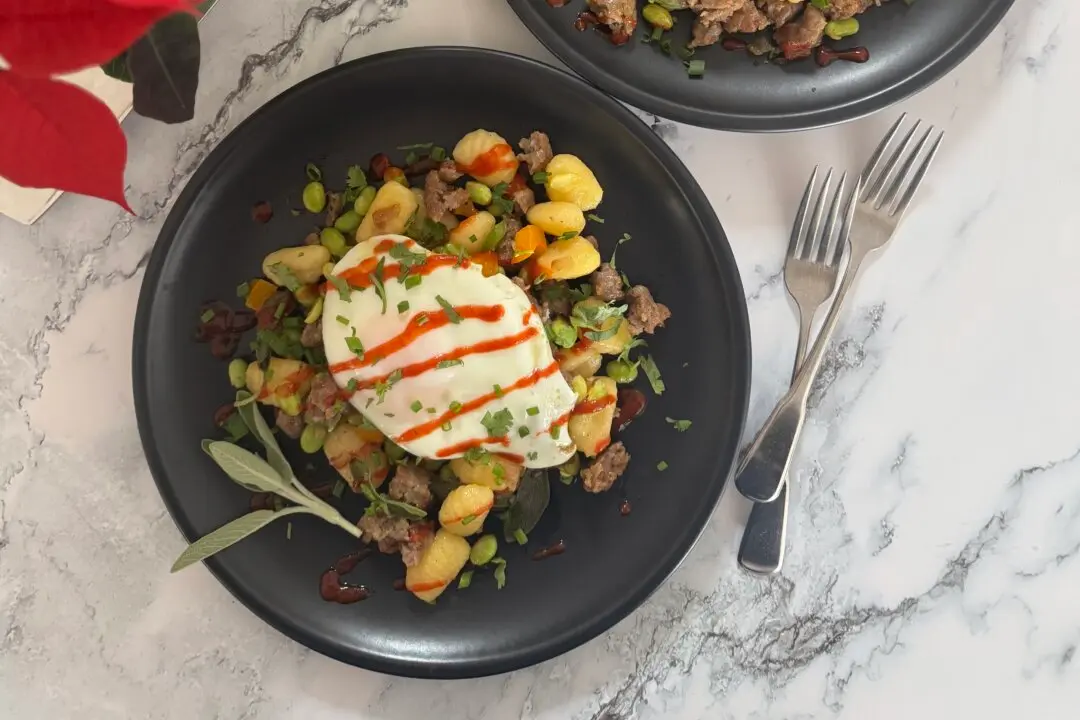While other mothers begged their kids to eat broccoli, my mom steamed artichokes with garlic. She lifted the beautiful globes, cooked to tenderness, into shallow bowls for sharing. Leaf by leaf, we scraped the meaty flesh between our teeth until we reached the thorny choke. Mom would swoop in and discard the thistly pieces, revealing an olive green, meltingly tender bottom and stem. Cut into chunks and sprinkled with salt—no other vegetable contains such a reward!
Now that spring is here, those verdant green, plump artichokes once again populate the produce stands. Time to teach my granddaughters to pluck the leaves like a flower and savor the bottoms.
The baseball-sized vegetables found in most supermarkets are known as globe artichokes or Italian artichokes. These large, green, beautiful, flowerlike buds are native to Mediterranean Europe.
Today, the mild climate in the Salinas Valley in California proves ideal for growing artichokes and millions are harvested each year. In fact, the California Artichoke Advisory Board says that 99 percent of all commercially available artichokes are grown in California. The Castroville Artichoke Festival, held in June, is on my bucket list to attend. Live music, cooking demonstrations, and artichoke eating sounds like a bit of heaven. There’s even an artichoke-eating contest, but I think they are best savored slowly, leaf by leaf.
Artichokes discolor when cut, so dunk them into a bowl of ice water as you prepare them. Cook artichokes in non-aluminum pans, such as stainless steel or enameled cast-iron, to prevent discoloration and a metallic taste.
This spring, I’ll cook large, compact, and brightly colored fresh artichokes topped simply with chile crisp and fresh lemon. The oil from the chile crisp melts down between the leaves. No butter needed.
When time is tight, frozen artichokes deliver that slightly anise-y, green flavor when added to pasta or a skillet of golden leeks and shrimp. Canned artichoke bottoms likewise deliver the unique flavor; serve them warm topped with scrambled eggs or shrimp salad.
Chile Crisp Artichokes With Lemon
Makes 4 to 6 servings





